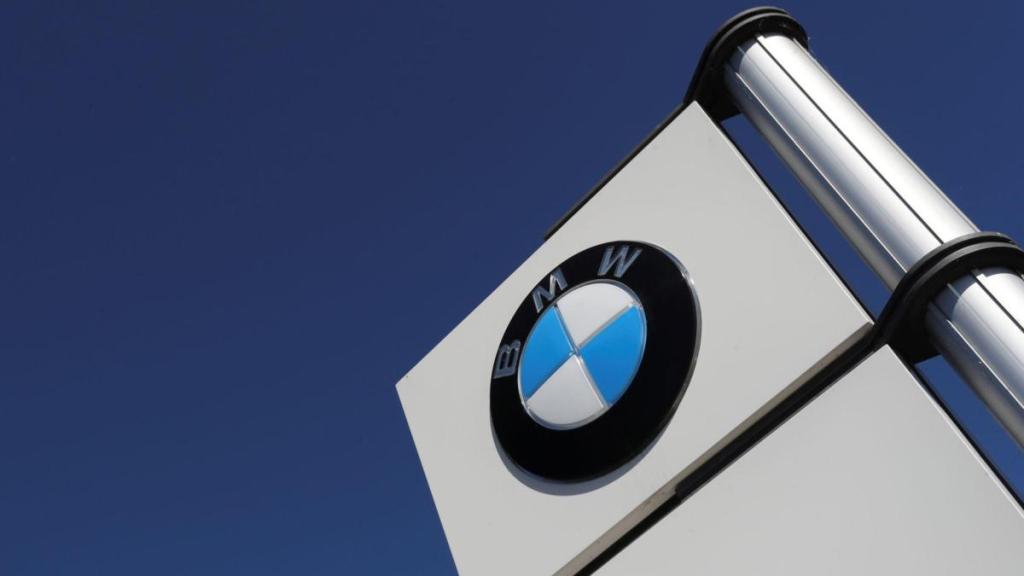After three big collaborative failures — Mahindra–Renault (2007-10), Volkswagen-Tata (2017) and Ford-Mahindra (2019) — the recent success of Toyota-Suzuki in cars and TVS-BMW Motorrad for motorcycles has shown that co-badging can be the way forward for forging alliances.
Analysts said the earlier tie-ups might not have worked as they aimed at creating a new, joint product, but the Toyota-Suzuki and TVS-BMW Motorrad strategy of co-badging of products offered customers models they were already familiar with.
The success of TVS-BMW Motorrad is noteworthy, as it has completed 10 years of collaboration, sold 140,000 motorcycles across the world, and, as per automotive analysts, the partnership looks good for many more years to come.
In April 2013, India’s TVS Motor Company and Germany’s BMW Motorrad signed a long-term deal to manufacture sub-500cc motorcycles for global markets. This collaboration has resulted in the development of four products on the 310cc engine platform – manufactured at the TVS plant in Hosur, Tamil Nadu. The first motorcycle was TVS Apache RR 310 (launched in December 2017), followed by BMW G 310 R and BMW G 310 GS (July 2018), and BMW G 310 RR (July 2022).
All four have collectively sold 140,000 units in markets, including India, the EU, the US, Latin America, Japan and China. Of these, BMW Motorrad has sold more than 21,000 motorcycles in India and exported over 50,000 motorcycles.
Both companies are now expanding the partnership and jointly developing new platforms and future technologies, including electric vehicles.
KN Radhakrishnan, director & CEO, TVS Motor Company, said the partnership is a testament to common values of BMW and TVS on innovation, quality, customer delight, engineering prowess and a focus on delivering globally-aspirational products. “These four motorcycles are available in more than 100 countries, and with the expansion of this partnership towards future technologies and sustainable mobility solutions, we are in discussions to expand our manufacturing network beyond India to cater to our future growth, which includes the recently-unveiled BMW CE 02,” Radhakrishnan said.
The CE 02 is an electric two-wheeler powered by two split 2 kWh lithium-ion battery packs and has a claimed range of 90 km.
Som Kapoor, EY India Automotive, Future of Mobility leader (consulting), and partner, told FE that BMW and TVS have natural synergies. “TVS helped BMW with the 310cc platform which was not easily possible for BMW to build in Europe. Thanks to this tie-up, BMW was able to leverage Indian engineering prowess, to make a bike not just for India, but also for global markets where buyers are increasingly looking for midsize motorcycles,” he said. “What TVS got from BMW was global brand value, and what BMW got from TVS was frugal engineering.”
Saket Mehra, partner, Grant Thornton, said the auto sector, globally, is going through a major transformation, driven by increasing focus on electrification and alternative fuel technologies, realignment of global supply chains, volatility in raw material procurement, and volume growth due to rising disposable incomes. “With these evolving dynamics, it is important to have the right partnerships and tie-ups in place,” he said.
On why the TVS-BMW partnership is working so well, he added that a key factor is the strategic fit between both the partners. “Two companies entering a partnership must have a strong alignment on partnership objectives, structure and defined roles, and have the clear cost and strategic benefits identified,” he said. “We’ve noticed some partnerships fall through due to changes in business or regulatory dynamics, and hence agility and addressing business and industry risks becomes a key element of these partnerships. A partnership should be strategically focused on enhancing competitiveness by leveraging strengths, sharing insights and upholding a sense of equitable competition.”
Another analyst added that technology is playing a major role in shaping joint ventures in the automotive market. “The rise of new technologies such as electrification, autonomous driving and connected cars is creating new opportunities for collaboration between automakers. We expect to see more of such collaborations to integrate new technologies in the product portfolio and staying relevant with new trends in the market in the future,” he said.
The success of this partnership can be gauged from the fact that the TVS Hosur manufacturing plant today produces around 10% of BMW Motorrad’s global volumes, and sources said there are possibilities of a new body-type (such as a cruiser motorcycle) being developed on the 310cc platform in the near future.
Coming to the Toyota-Suzuki partnership, both have now sold more than 250,000 cars (the tie-up happened in Tokyo in 2018, and the first car was launched in 2019). Recently, Toyota India launched the midsize MPV Rumion (rebadged Maruti Suzuki Ertiga). It was the fifth model to be exchanged between Toyota and Suzuki in four years. Other models are Baleno–Glanza, Vitara Brezza-Urban Cruiser, Grand Vitara-Urban Cruiser Hyryder and Invicto-Innova Hycross.








